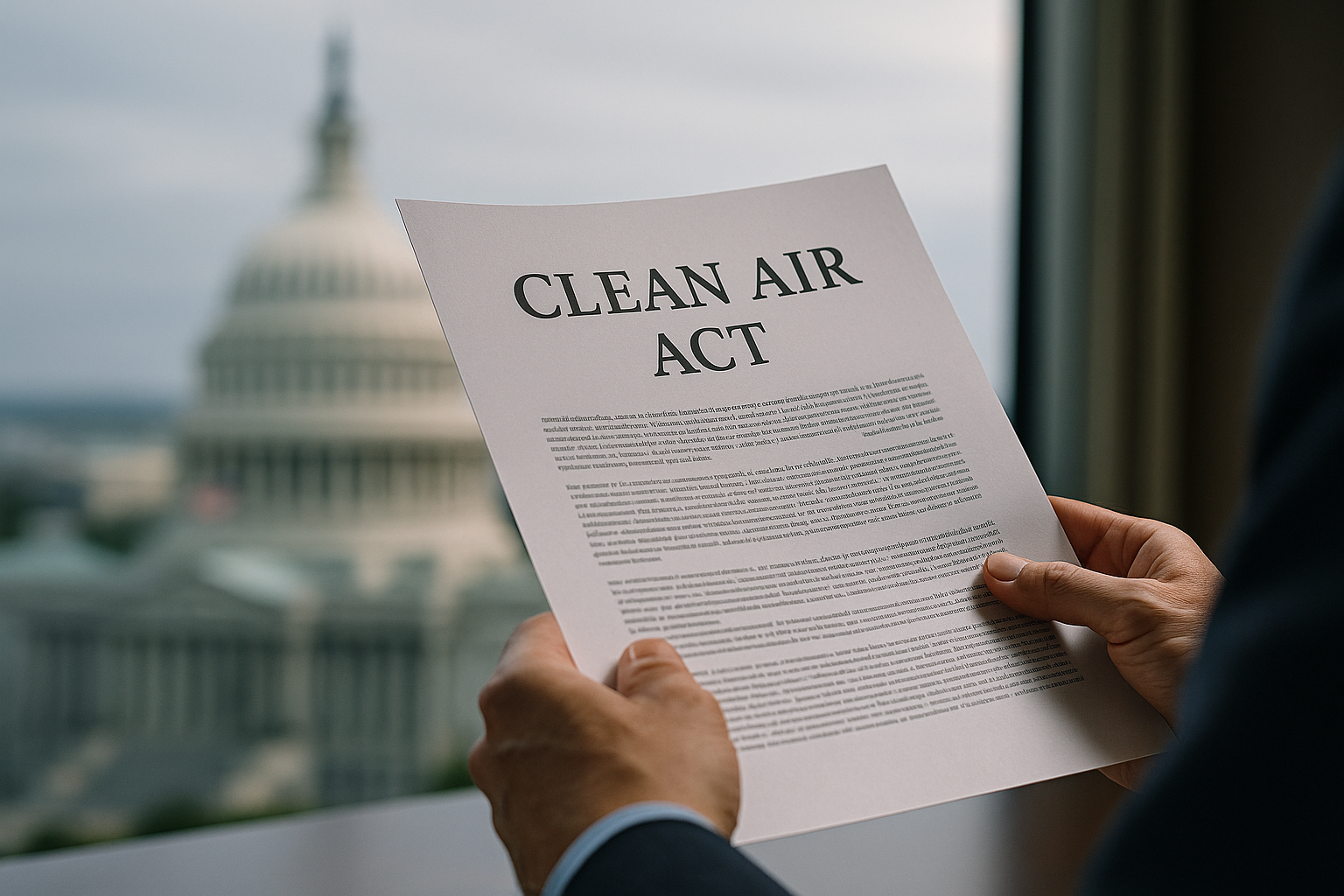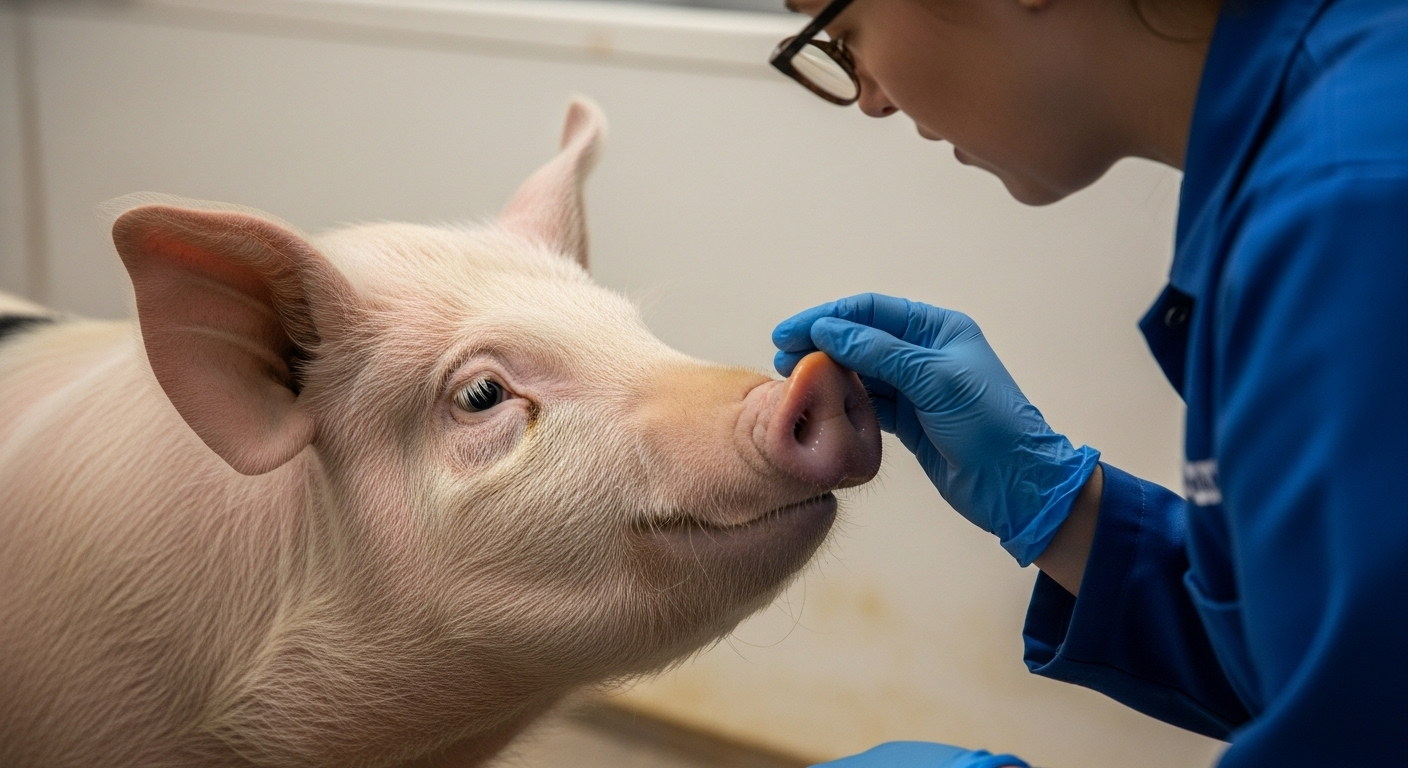The Intricacies of the Clean Air Act: A Comprehensive Look
The Clean Air Act, a cornerstone of U.S. environmental legislation, has undergone various amendments over the years. This article will delve into its historical evolution, its current updates, and its societal implications. The Clean Air Act was initially enacted in 1963 during President John F. Kennedy's term. The objective was to control air pollution on a national level for the first time in the United States' history. However, it was the 1970 amendments during the Nixon administration that significantly expanded the Act, introducing comprehensive federal mandates for air quality standards and emission standards.

The Evolution of the Act
Over the years, the Clean Air Act has been revised and expanded, with significant amendments introduced in 1977 and 1990. The 1977 amendments focused on Prevention of Significant Deterioration (PSD) of air quality in areas complying with the standards. The 1990 amendments, on the other hand, introduced new regulatory programs to control acid rain and toxic air pollution and established a national operating permit program.
Current Updates and Legislative Changes
The Clean Air Act has been consistently updated to keep pace with emerging environmental challenges and scientific understanding. One of the most notable recent updates was in 2009, when the Environmental Protection Agency (EPA) issued an endangerment finding, stating that greenhouse gases threaten public health and welfare, which laid the groundwork for regulating carbon dioxide and other greenhouse gases.
Societal Implications and Impact
The Clean Air Act has had a profound impact on American society. It has significantly improved air quality and, in turn, public health. A 2011 EPA study estimated that the Act’s amendments from 1990 will prevent over 230,000 early deaths in 2020.
Despite these benefits, the Act has also faced criticism. Some argue that the regulations impose excessive costs on businesses and hinder economic growth. Others contend that the Act does not go far enough in addressing contemporary environmental challenges, particularly climate change.
A Balanced Perspective on the Act
While arguments exist on both sides, it is indisputable that the Clean Air Act has fundamentally reshaped American environmental policy and had a significant impact on the nation’s air quality. As the fight against air pollution and climate change continues, the Act will undoubtedly remain a key piece of legislation, subject to further amendments and updates.
In conclusion, understanding the Clean Air Act, its evolution, and its implications is crucial for anyone interested in environmental policy or law. It provides a fascinating example of how legislation can evolve over time to meet changing societal needs and scientific understanding.




